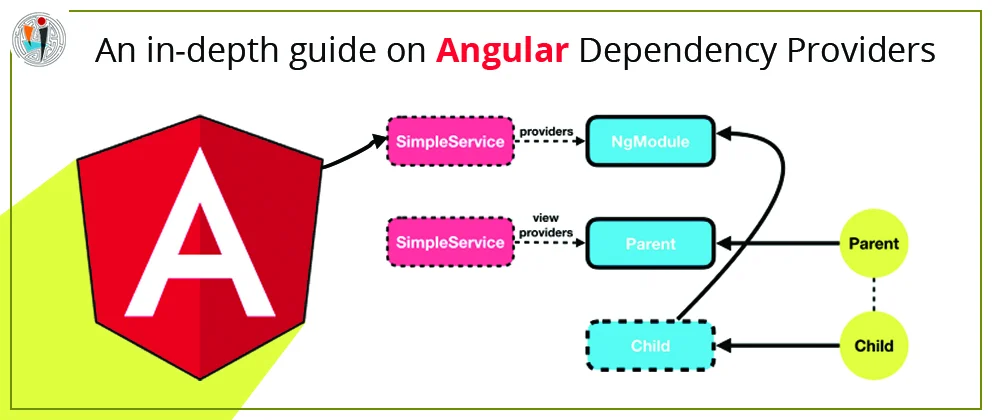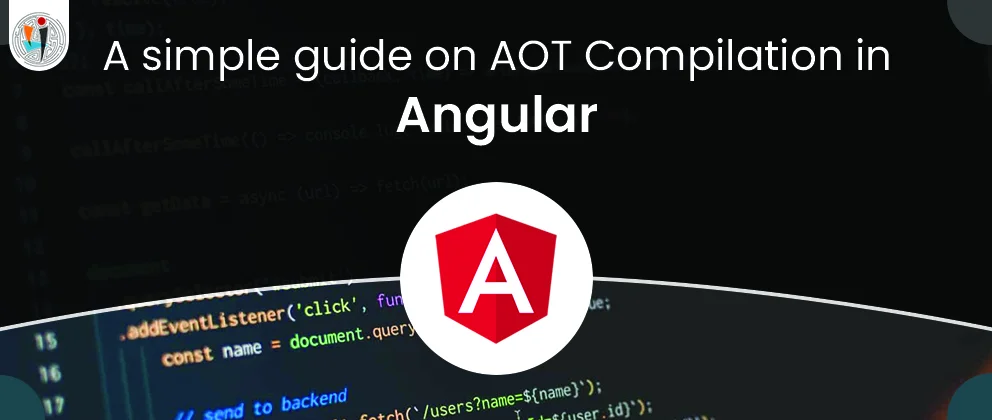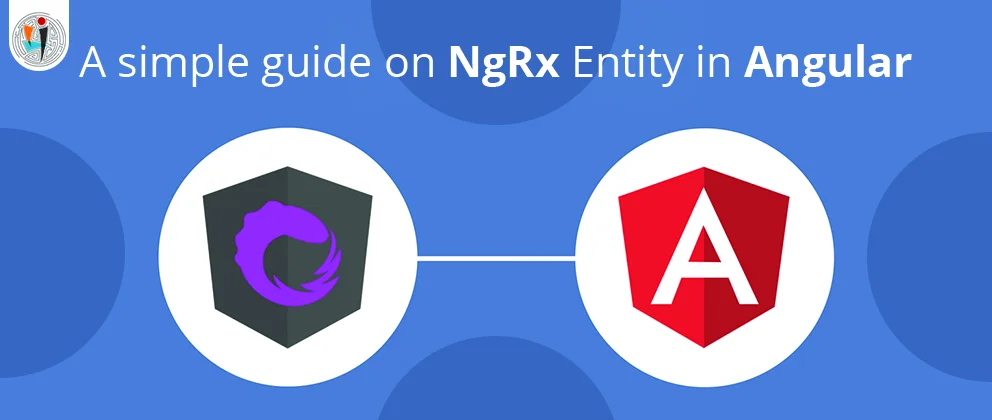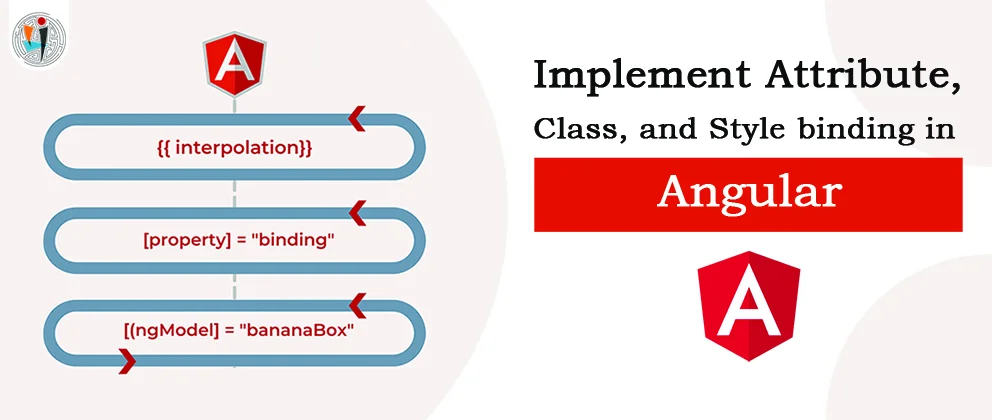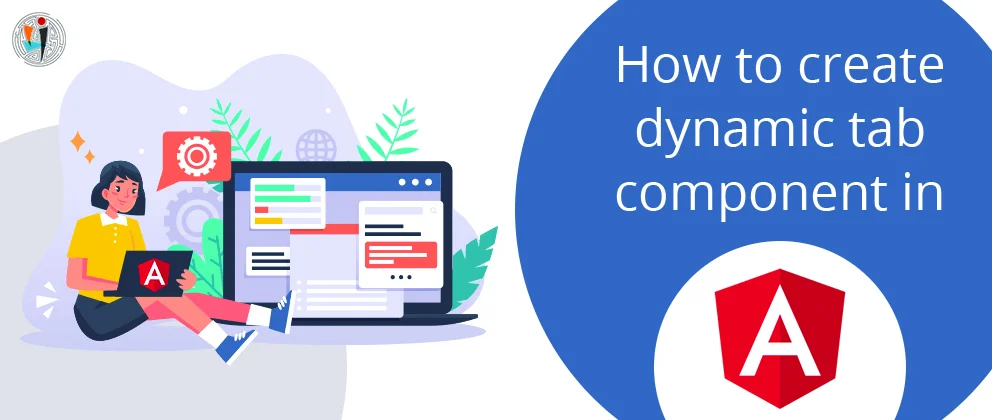C# mark-up includes lower loaded bind extension method which binds view bindable property and special property. Bind method will bind most of the control with bindable property and leads to xamarin.form file. While using this property you cannot use the target property. But since you can add default bindable property for additional control which you can also register.
You can use the Bind Method with any bindable property by binding it.
Example:
using Xamarin.Forms.Markup;
// ...
new Button { Text = "Data not Found" }.Bind (Label.IsVisibleProperty, nameof(vm.Empty))
By default, the CommandParameter binds to the binding context. You can use command and CommandParameter to set binding path and source to perform binding.
Example:
using Xamarin.Forms.Markup;
// ...
new ListView { Text = "Touch me " }.BindCommand (nameof(vm.TapCommand), vm, nameof(Item.Id))
This example binding context is an item instance therefore to perform CommandParameter binding we do not require any specific source
If you want to bind then you can use the bind command method and passing null in the parameter path argument and you can use the bindable method
You can use Command and CommandParameter for additional control
Example
using Xamarin.Forms.Markup;
//...
DefaultBindableProperties.RegisterMyCommand(
(CustomViewOneCommandProperty, CustomViewOne.CommandParameterProperty),
(CustomViewTwo.CommandProperty, CustomViewTwo.CommandParameterProperty)
);
Inline converter code converts and converts back in which you can bind and pass in the method
Example:
using Xamarin.Forms.Markup;
//...
new ListView { Text = "Ten Millions Tree Node" }.Bind (Label.MarginProperty, nameof(TreeNode.TreeDepth),convert: (int dep) => new Thickness(depth * 20, 10, 10, 10))
It also supports the Typesafe converter parameter like this
Example:
using Xamarin.Forms.Markup;
//...
new Entry { }
.Bind (nameof(viewModel.Text),
convert: (string name, int repeatedtime) => string.Concat(Enumerable.Repeat(name, repeatedtime)))
funcConvert class can use clusterinfo object.
using Xamarin.Forms.Markup;
//...
cultureAwareConverter = new FuncConverter(
(dates, daysToAdd, naturalnumbers) => dates.AddDays(daysToAdd).ToString(naturalnumbers)
);
Span object specified with Formatted text property can also perform data binding.
Example:
using Xamarin.Forms.Markup;
//...
new Label { } .FormattedText (
new Span { TextColor = Color.Pink, TextDecorations = TextDecorations.Bold }
.BindTapGesture (nameof(vm.ContinueToCSharpForMarkupCommand))
.Bind (nameof(vm.Title))
)
These are some ways by which you can perform data-binding which were executed in C#.





